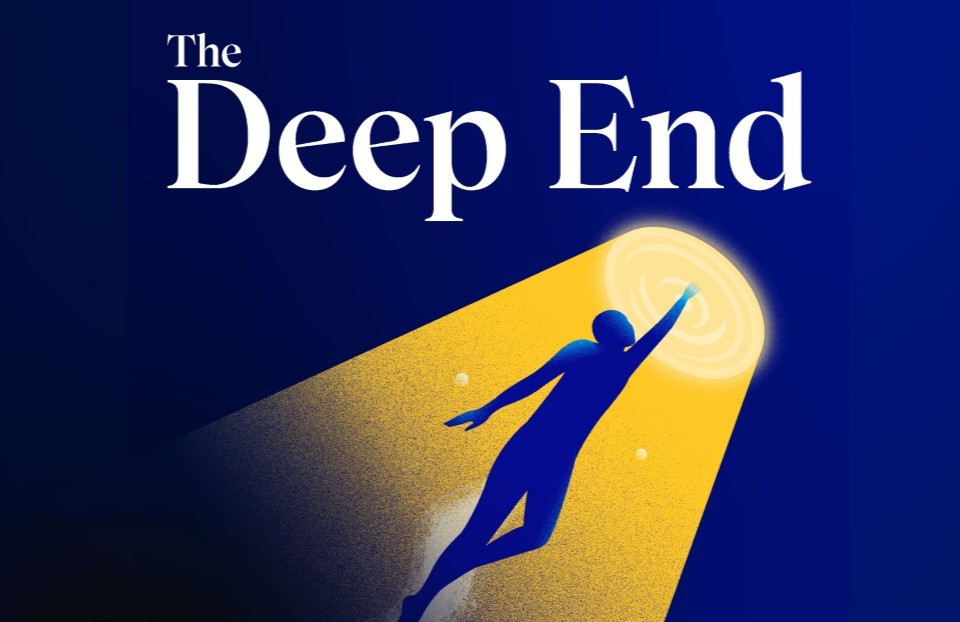Science News, Science News Learning
Science News and The New York Times announce 10 winners of the 4th Annual STEM Writing Contest

Together Science News and The New York Times Learning Network are pleased to announce the winners of the 2023 STEM Writing Contest. Ten talented young science communicators have been named winners for their ability to explain complex scientific topics such as Artificial Intelligence (AI), bioprinting, pyramids and glass frogs. The winning essays, which are published in The New York Times, were released in small batches over the course of the week.
In its fourth year, the STEM Writing Contest invited teenagers from all over the world to choose an issue or question in science, technology, engineering, math or health, and then write an engaging 500-word explanation that would be understood by scientists and nonscientists alike. Other thought-provoking topics this year included the impact of laughter on the human body, the effects of blue light from technology and multiple essays on artificial intelligence.
“We are thrilled to partner with The New York Times for the fourth year in a row on the STEM Writing Contest, which engages young people globally to explore and explain complex scientific ideas in accessible and exciting ways,” said Nancy Shute, Editor in Chief of Science News. “Science and technology is advancing at an unprecedented pace making the ability to communicate science clearly and concisely essential. It’s encouraging to see the immense potential of the next generation of science communicators. Congratulations to all of this year’s winners!”
The New York Times Learning Network received over 3,000 submissions from middle and high school students between the ages of 13-19, hailing from national and international locations. To provide some guidance, the Learning Network posted an educational activity called “Think like a science journalist,” created by Science News Learning, a program of Society for Science and Science News that offers evidence-based science journalism and classroom lesson plans to educators.
The judging panel was comprised of esteemed individuals from the STEM education, science journalism, and professional writing fields, including educators who consistently incorporate Science News Learning materials in their classrooms. Society for Science played a pivotal role in promoting the contest to teachers and their audiences, stressing the competition’s focus on science literacy and communication. After careful evaluation by the judges, 10 talented winners were selected. In addition to the winners, the judges recognized 11 runners-up and 23 honorable mentions from the finalist pool.
The 2023 STEM Writing Contest winners are:
Andrei Li: “I Spy With My Little Muon: Peering Inside Pyramids With Cosmic Rays” (age 18, Monarch Park Collegiate, Toronto, Ontario)
Catherine Ji: “Whales and Cancer: A Deep Dive Into Cetacean Genes” (age 14, New Trier High School, Wilmette, Ill.)
Daphne Zhu: “Pine Beetle Infestation: Epidemic of North America’s Forests” (age 15, Lynbrook High School, San Jose, Calif.)
Erica Frischauf: “Hearing Colors and Tasting Sounds: What Is Synesthesia?” (age 16, Lakewood High School, Lakewood, Ohio)
Judah Spiegel: “Computing Creativity: Can A.I. Produce Art?” (age 14, Albany High School, Albany, Calif.)
Justin Wang: “Nature’s Solution to Plastic Pollution: The Amazing Power of the Wax Worm” (age 16, Alhambra High School, Alhambra, Calif.)
Leah Li: “Glass Frogs: Clearing the Mystery of Clotting” (age 14, Milton Academy, Pearland, Texas)
Logan Ramanathan: “3-D Bioprinting: A Modern Day Prometheus” (age 17, The Nueva School, Los Altos Hills, Calif.)
Siwen Cui: “What the Nose Knows: The Underappreciated Olfactory Sense” (age 18, Kent School, Kent, Conn.)
Yejin (Jenny) Son: “An Awakening of a Geological Giant: The Next Deadly Eruption of Mount Baekdu” (age 17, Chadwick International School, Songdo, South Korea)
Read more about the winners here: https://www.nytimes.com/2023/04/11/learning/ai-bioprinting-and-glass-frogs-the-winners-of-our-4th-annual-stem-writing-contest.html
Michael Gonchar, editor of The New York Times Learning Network, noted, “This is our fourth year running our STEM Writing Contest for middle and high school students, and just like in previous years, we are fascinated by the diverse range of topics — from the possibilities of bioprinting and muography to the powers of glass frogs and wax worms. We were thrilled to see the wide range of topics that students chose to explore and write about in this year’s contest.”
Applicants were required to submit entries guided by mentor texts provided by both Science News and The New York Times science section. Essays were then judged on how well a scientific concept was not only captured and explained but also on other writing elements, such as an engaging hook, an explanation of why the topic is important, accurate citation of expert sources, focus and clarity as well as analysis. Effective communication of scientific concepts is a critical skill that can benefit individuals of all ages, and this competition serves as an excellent platform to develop and hone these skills.
Thank you to all of our contest judges.
From the Society for Science Community: Victoria Bampoh, Jennifer Donnelly, Phebe Martinez Fuentes, Terianne Hall, Lori Herbsman, Meghan Hess, Kehakashan Khan, Jefferson Marshall, Amanda Nix, Dawn Parker, Amy Telford, Peggy Veatch, Jieun Yoo
From The New York Times Science-Journalism Community: David Brown, Shannon Stirone
From The Learning Network Community: Kathryn Curto, Shannon Doyne, Jeremy Engle, Caroline Gilpin, Michael Gonchar, Annissa Hambouz, Simon Levien, Keith Meatto, Natalie Proulx, Trishna Ramsamooj, Katherine Schulten, Vanessa Vieux


